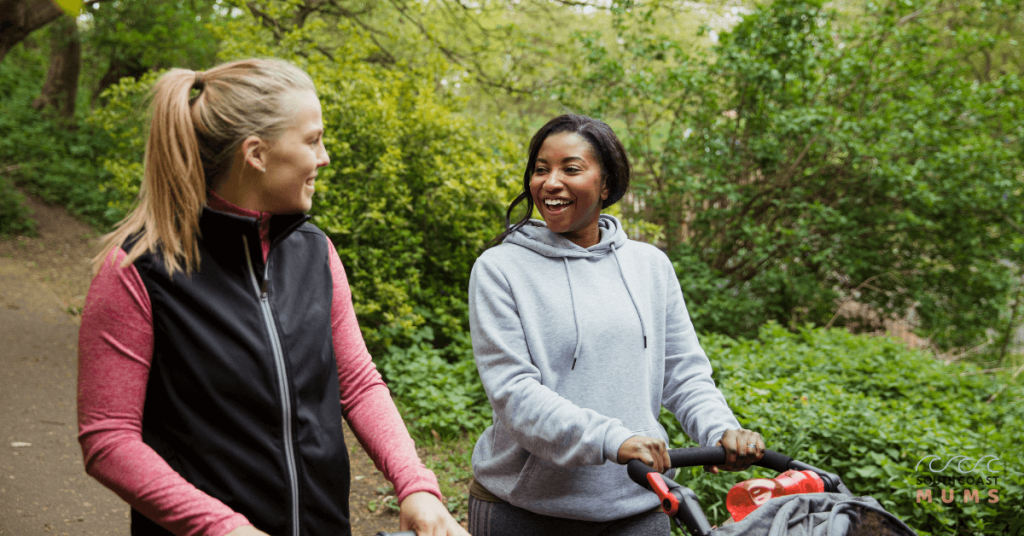
Let’s talk about light (or not so light) bladder leakage.

I was finally cleared to go for a run after having my daughter Sunny. Being a Pelvic Floor Physiotherapist I thought I had it all sorted and wouldn’t be one of the 50% of us who experience incontinence. As I turned for the home stretch (after a slow 1.5kms) I took a step, my pelvic floor was tired and as my foot hit the ground I became a part of that statistic. I was deflated but I also had a new level of empathy for the mums who come through my clinic. You are not alone.
Let’s take it back a step. What are the types of incontinence?
Stress Urinary Incontinence
Leakage when there is stress on the bladder and the pelvic floor isn’t strong enough to resist that pressure. This might be when you jump on the trampoline with your toddler, push the pram uphill or have a good laugh after a few wines with the girls.
Urge Urinary Incontinence
You have just arrived home from work, put your key in the door and suddenly you need to race to the toilet like you are competing in the running of the bulls. You may also be triggered by running water, hopping in the shower or getting out of bed. Bladder urgency can occur with or without leakage.
What can you do about it?
Fortunately gone are the days of keeping it to yourself and purchasing a bigger sized pad with each trip around the sun. There are now plenty of lifestyle changes that can help and of course the infamous Pelvic Floor Muscle Exercises.
Stress Urinary Incontinence
- Functional training of the pelvic floor muscles – squeeze your pelvic floor before you cough, sneeze or laugh (if you have warning) and hold it throughout
- Pelvic floor strengthening exercises – this deserves an article of its own. Work out your pelvic floor muscles until they are tired at least once per day. A common routine would be 5-10 second holds, 3 sets of 8 repetitions. Don’t squeeze your stomach muscles, but do keep breathing. Imagine you are trying to stop the flow of urine – squeeze your muscles together then pull up. Simple right?

Fig 1: The Pelvic Floor https://www.continence.org.au/about-continence/continence-health/pelvic-floor
Urge Urinary Incontinence
- Avoid constipation as this can put increased pressure on the bladder. Increase your water intake, exercise regularly, add fiber to your diet and if necessary chat to the pharmacist about a stool softener such as Movicol.
- Decrease caffeine – sorry… caffeine is a bladder irritant and excessive caffeine can increase bladder urgency!
- Carry a water bottle and sip throughout the day
- Don’t wee ‘just in case’
- If you know your trigger – gradually try to desensitize yourself by purposefully initiating the trigger at a time when you know you don’t have a full bladder
Above all else we are so lucky on the South Coast to have a raft of wonderful Pelvic Health Physiotherapists. Find one that you like and make the time for you!
Brianna Dalgleish
@pelvic_balance